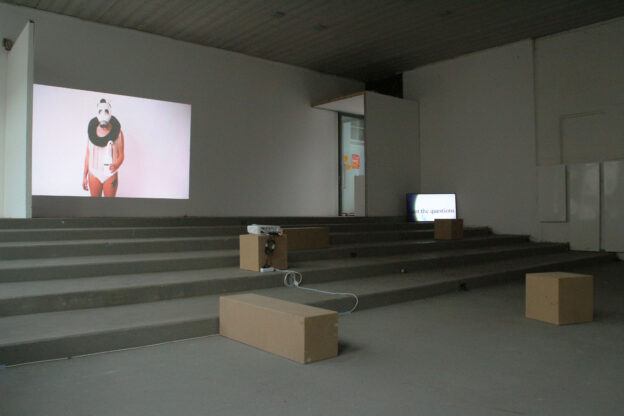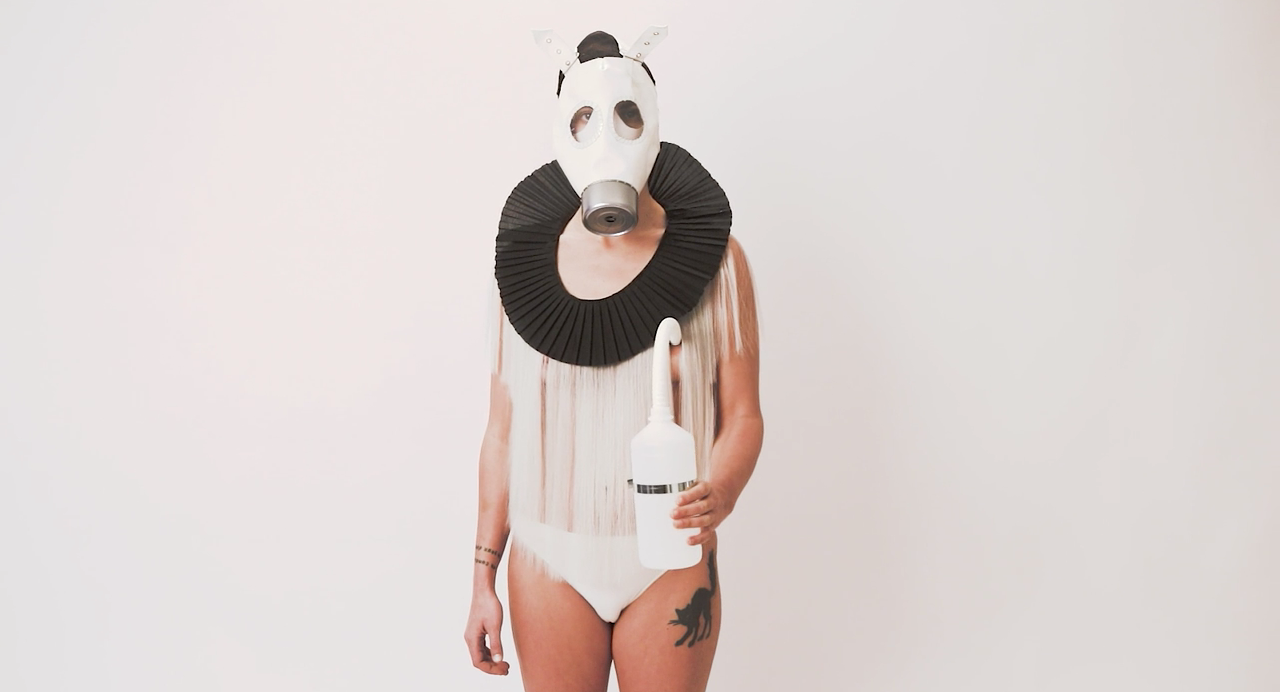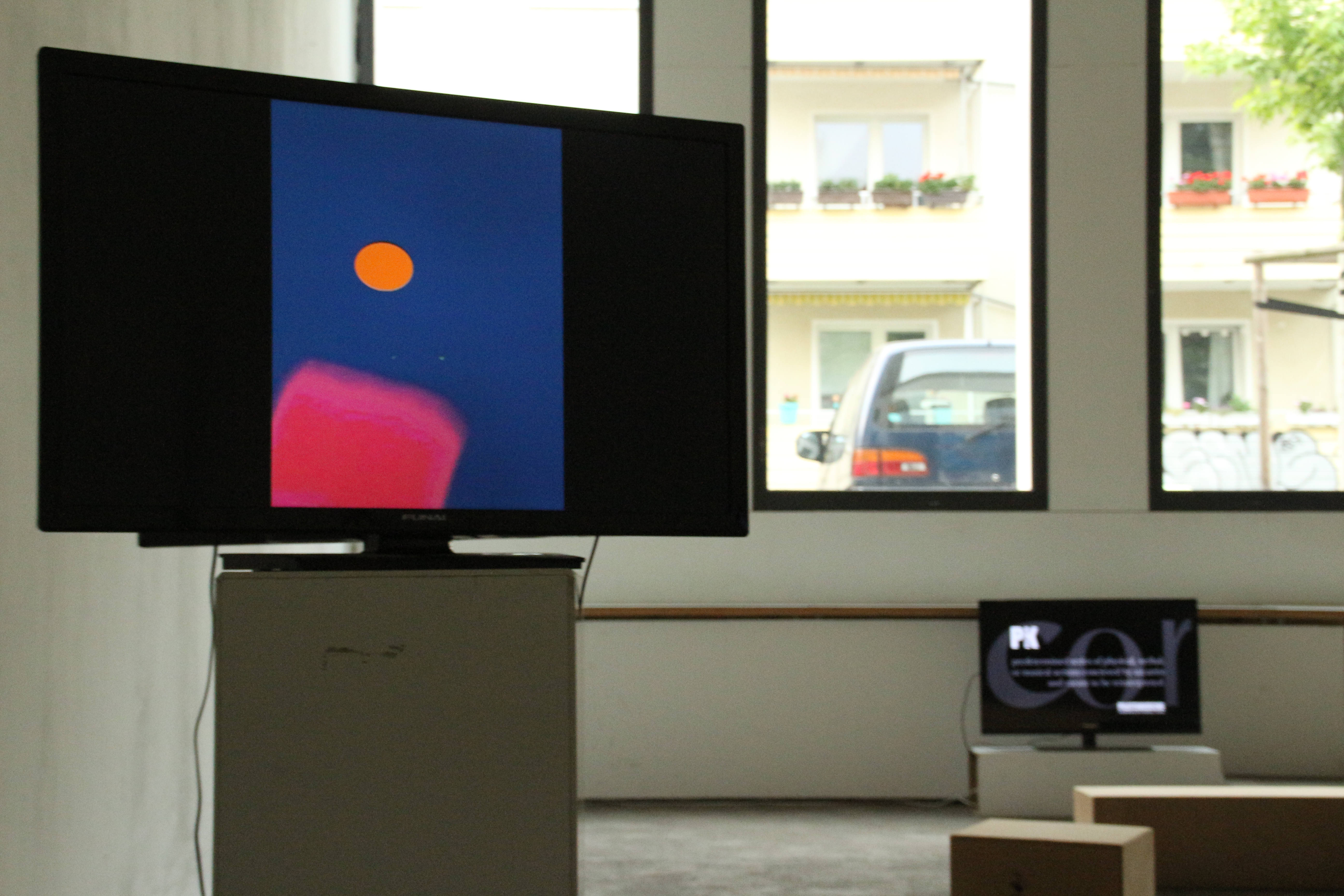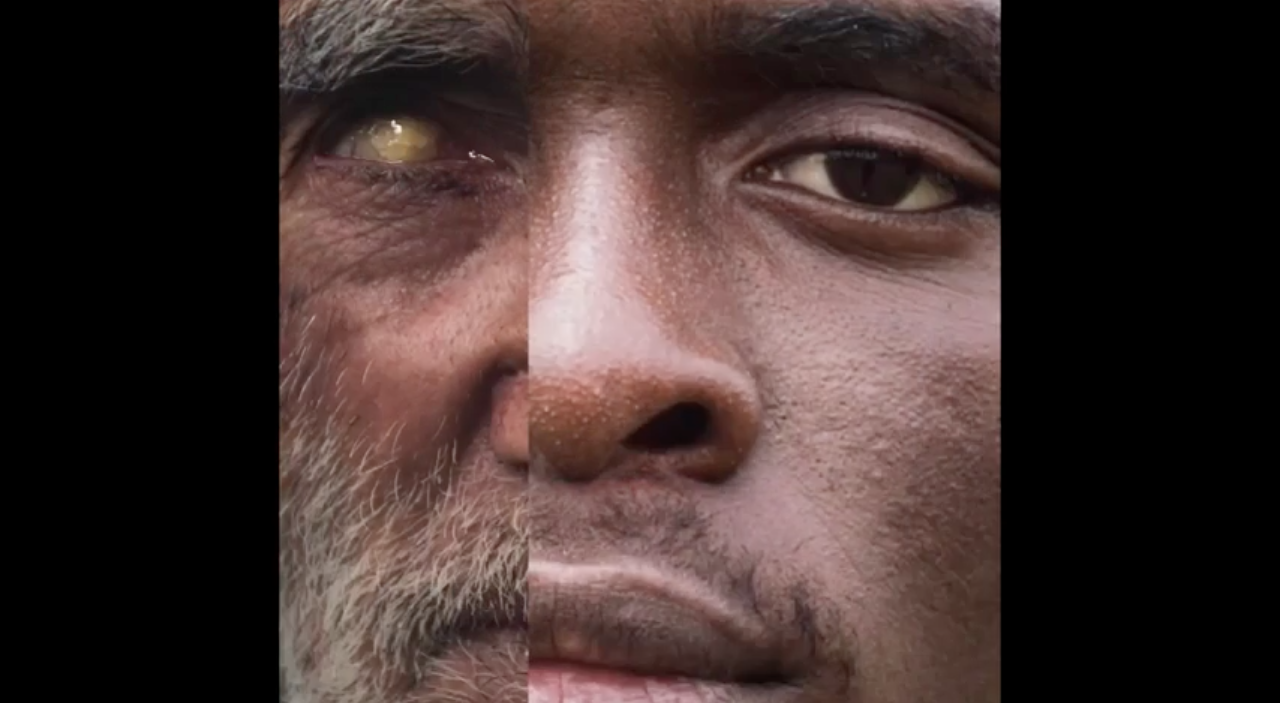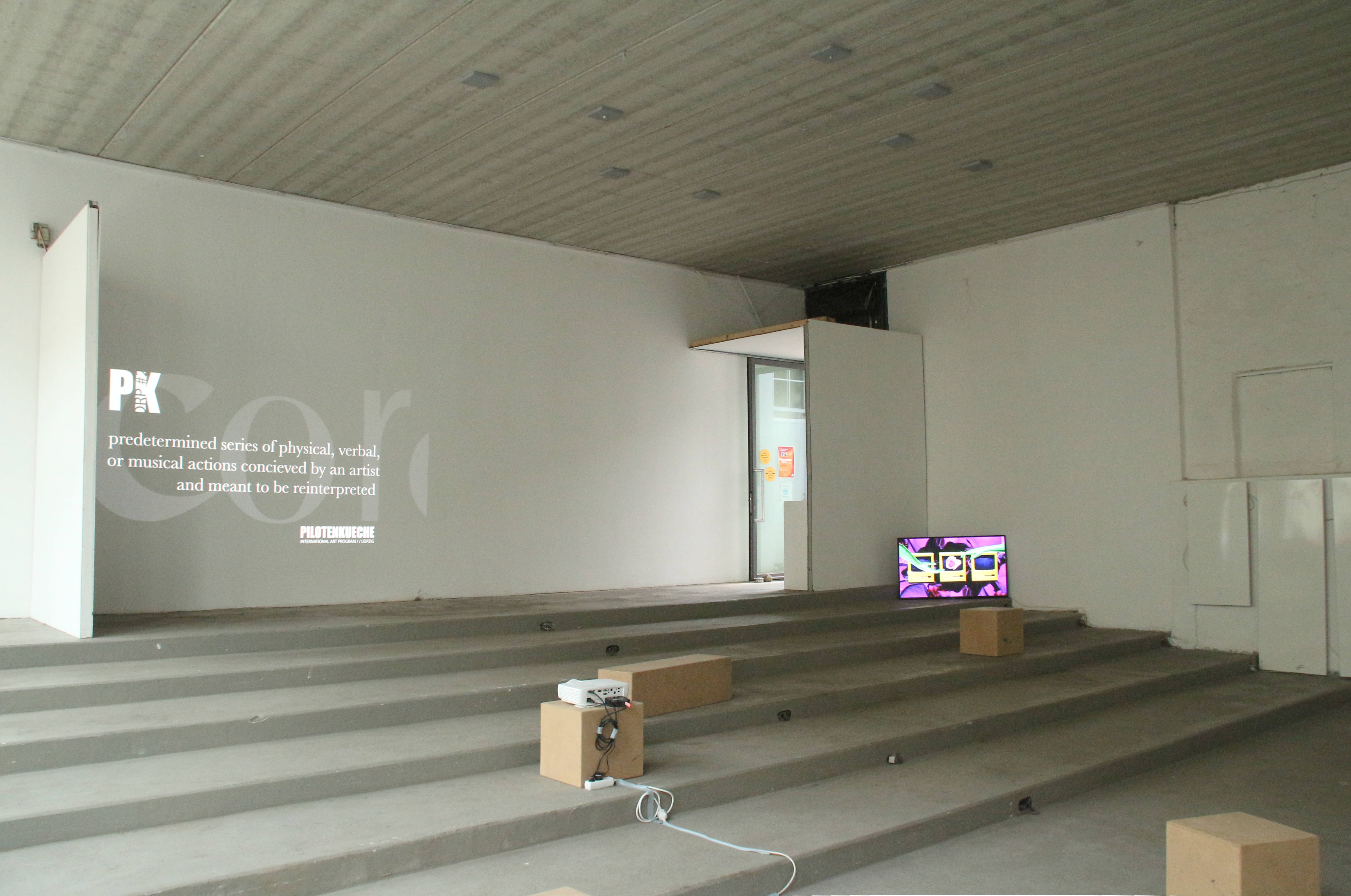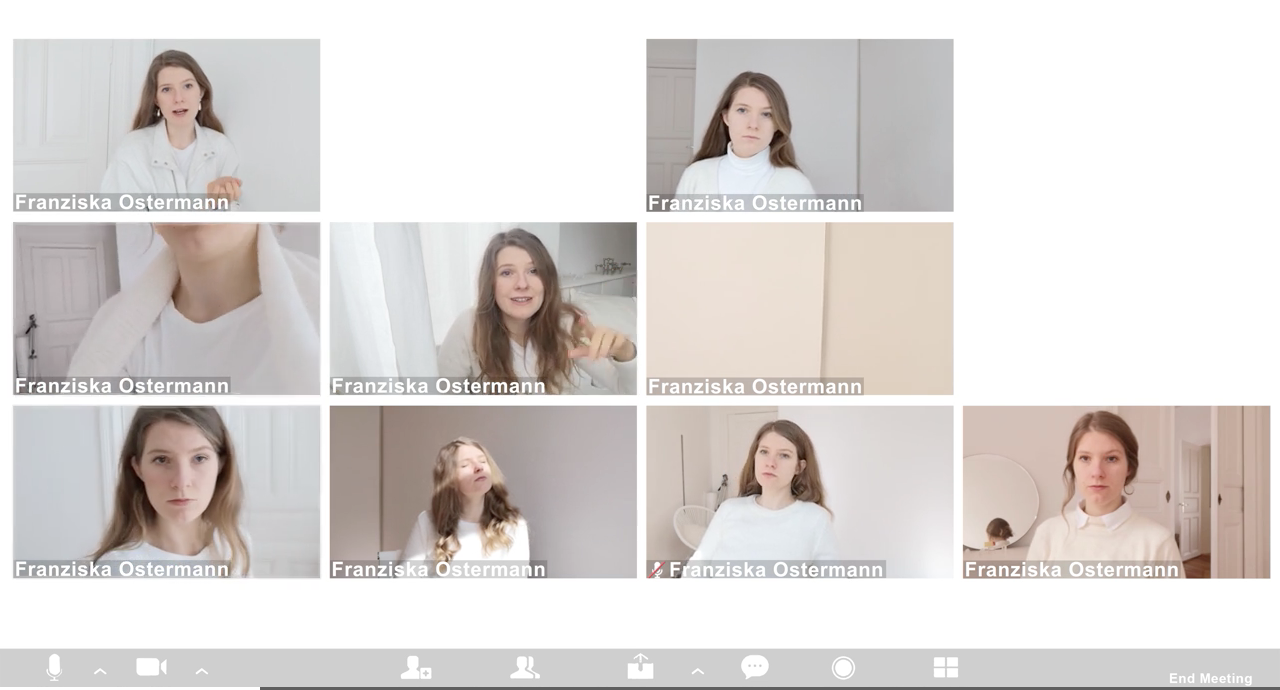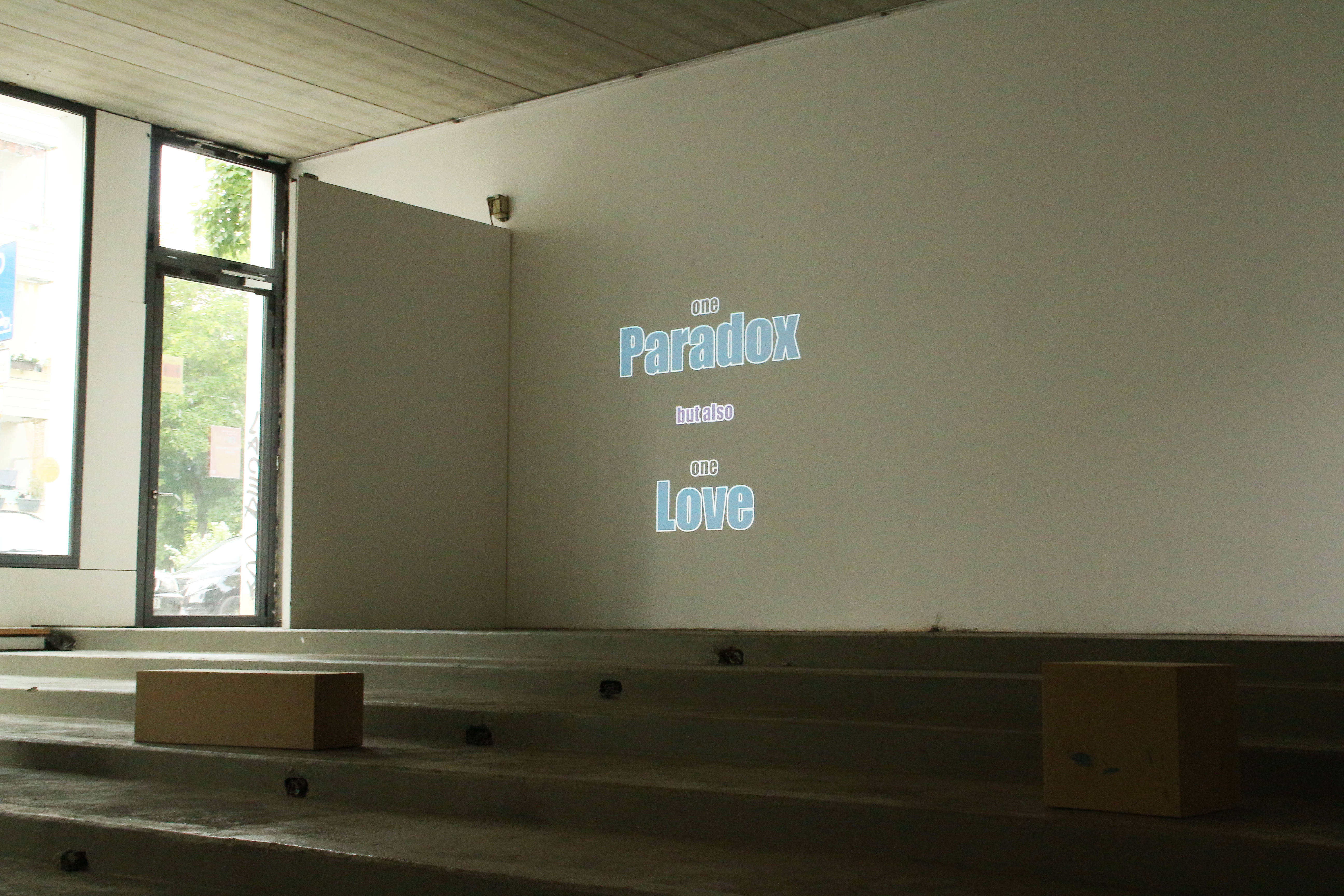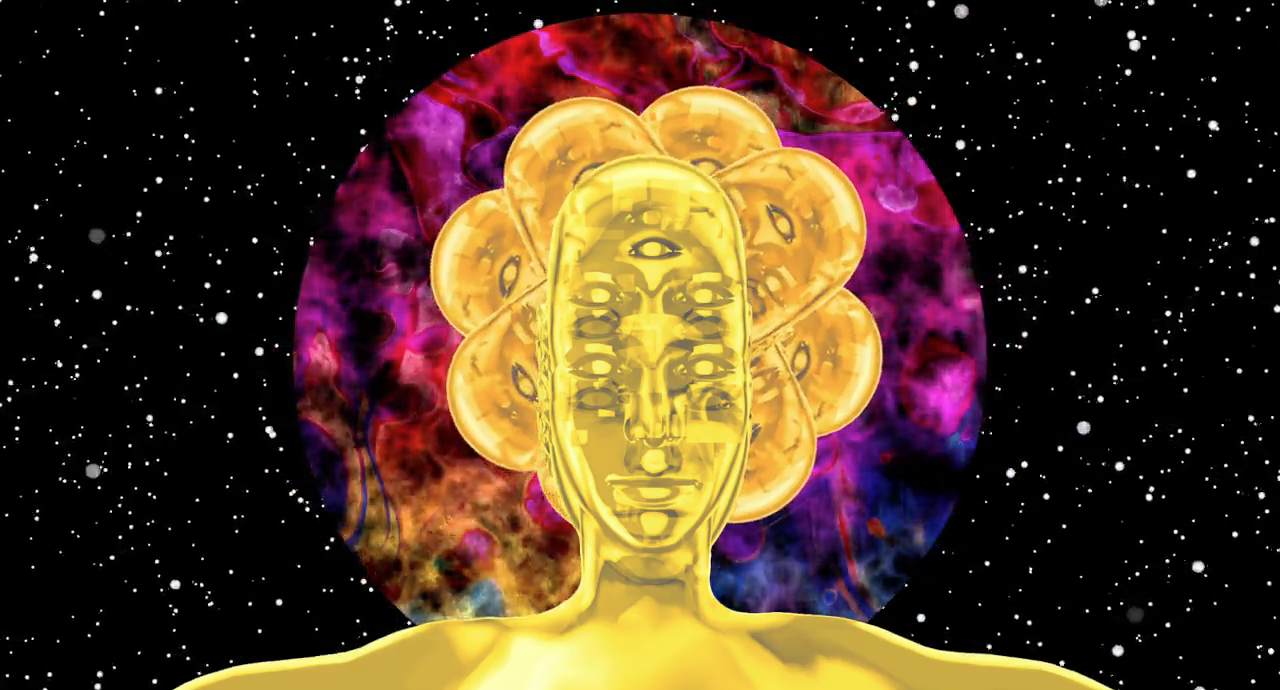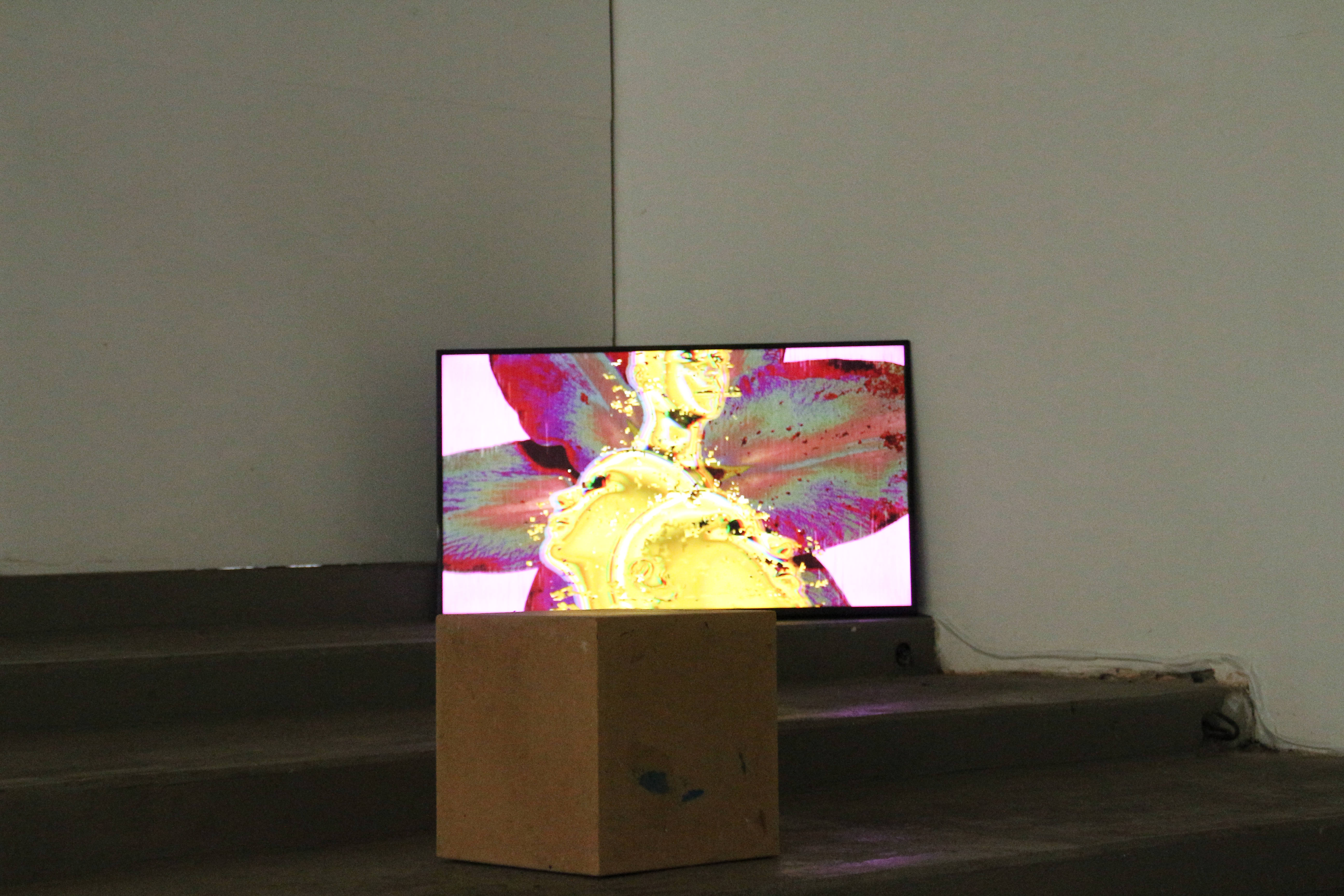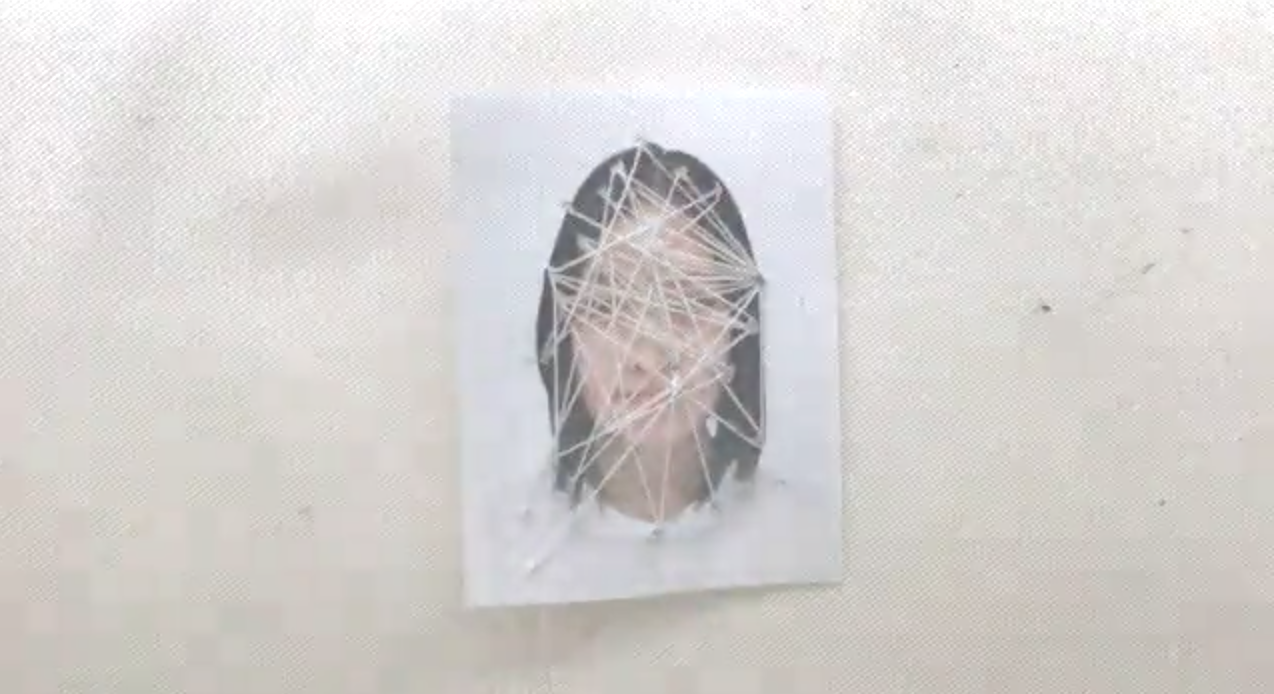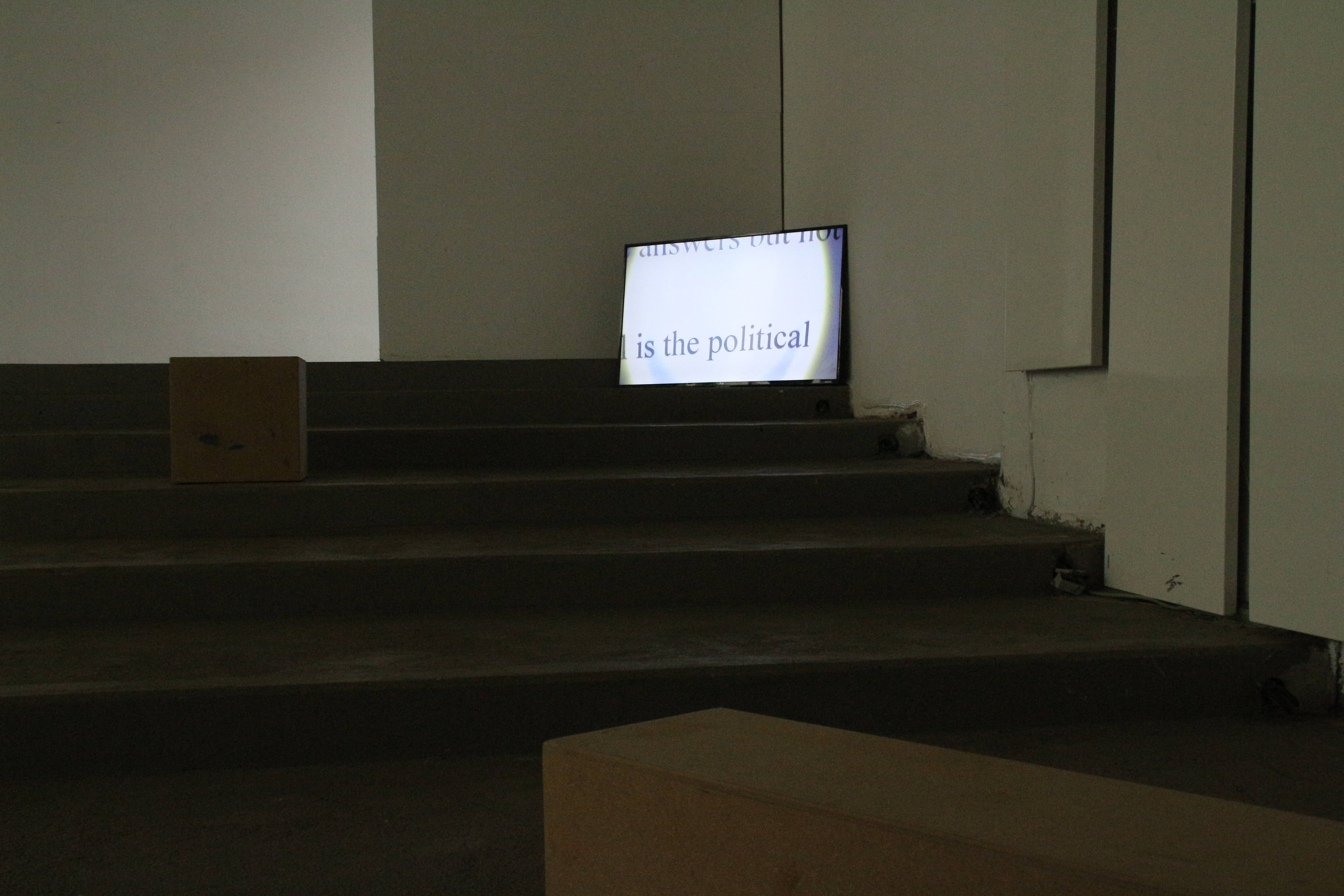We are currently facing the development of information science technology, along with changes in existing views about the unity of the self and identity. Our physical real world is expanding into cyber space. The human ontology of cyber space changes the self and self-identity into an issue that involves an arbitrary configuration. Multiple self phenomena, where one individual in the physical world engages in many cyber activities, is becoming routine. This phenomenon poses a threat to the formation of a coherent self-identity, on the one hand, and it is a chance to experiment self-identity, on the other.
How will information technology, including virtual reality and cyberspace technology, influence the formation of our sense of self and identity? What is the nature of the multiple self that emerge? Furthermore, how can the concept of the self demanded by the future be connected and guided? Pilotenkueche Online Residency artists Nadja Shkirat, Marc VanDermeer, Sotiria Bramou, Kana Maeda and Franziska Ostermann, critically considered both extremes. They discussed the possibilities for multiple and separated selves to communicate and unite through meaningful ways instead of each remaining in a closed and divided state.
three selves in one
We, humans, are beings with individual bodies. Each of us is also an individual with a sense of identity. In parallel, we are agents that act based on moral deliberation and we are biological beings . In other words, as a human, I understand myself as a self, but at the same time, I also comprehend myself as a persona, and homo sapiens (human being), biologically. In addition, this understanding clearly applies to each human, not just me. It means that other humans, including me, are all self, persona, and human beings. However, as a person, if I am considered as a self, persona, and human being, then it is a clear fact that three separate entities do not exist. What exists is not three different entities, but methods or aspects on how the entities are understood.
Thus, individual humans can be observed from different aspects and the fact that the humans can be understood in different ways implies that there are some categorical properties that classify into various characteristics to enable the understanding. In response to the aspects that understand the individual humans, there is an assembly of properties that form the concept of self, an assembly of properties that form the personality, and an assembly of the properties that form the human beings.
being self aware
Franziska’s Can you hear me? (2021) and Kana’s Don’t look at your reflection but bring it with you (2021) use the multiple self model to show that the sense of self in a virtual space is an individual understood by centering on the properties of the ‘consciousness’ carried by the individual, or entity, understood in specific ways. Specifically, understanding an individual based on the concept of self is to recognize the individual as the conscious entity (‘me’ as the first person) aware of one’s own actions, thinking, intention, and memories. The unified self generally has a consistent and reasonable state of mind. In case of multiple self, an individual’s state of mind is separated into autonomous systems based on psychological factors instead of logical relations.
The separated systems of the mind don’t have consistency, so to that extent, the boundaries are divided, but consistent and autonomous internally, so it functions like a small sense of self. It means that multiple selves exist in an individual. Here, the separated minds are not independent doers that function differently, as it is a homogenous system that shares consistency in the desires and faith. It is not absolute separation, and the parts of the separated mind don’t have to be regarded as a permanent segmentation. A certain boundary is set up between the conflicting faith, but when one of the contradicting faith surrenders, then the boundary among them can be erased. In this sense, the separated minds have an independent and autonomous system to some point, but they are not sustained, stable, and fixed entities where each executes different functions.
the tech self
In Nadia’s In Chatroom with god (2021), computer graphic technology is used to implement the image world and visualize the information-centered human conception. Computer science technology which bases on cosmology and human conception as the backgrounds departs from the systematic body to fragment it and through mechanization, cyborg, and digitalization. When used in a virtual space, it results in dissolving the single self found in a solitary body.
images by PILOTENKUECHE or screen shots of video works
According to cybernetics, the human body is a vessel of information, so it is just subsidiary or coincidental product and the individual boundaries of the body are only arbitrary. Here, the self is reclaimed through the overall flow of the information. The body is considered to be unnecessary. The human body and the boundary are made coincidental contributors. While our modern human concept centers on self-identity and construct integration over the foundation of the single body, in Chat with god, it reflects on how todays technology society poses a threat to single identity through the representation of the subject that can be manipulated and arbitrarily combined.
the manipulated self
If the mind that breaks away from the embodiment is the centrifugal force that divides the sense of self, the body of the physical space is the centripetal force that integrates the self. Sotiria’s No milk (2021) considers an individual with a separate body into a single, unified self and converts it based on the agent of moral responsibility. Based on the doctrine of responsibility, in which the agent that does the act and the agent responsible for the act must correspond, identification must be possible as the same agent that does the deed. In addition, the identification of the responsible agent must correspond with the identification of the individual body.
In that respect, the individual body, where individualization and identification are likely, can be the evidence as the agent of moral responsibility. Such self unity can grant social and ethical meanings in the connection about the existence. Marc’s Everyday people (2021) uses text to carry out an experiment of rearranging the imaginary world in the real world. It is not as much about excluding or replacing cyberspace and the physical world, as it is about establishing the interaction and supplementary process, while analyzing and casting light on ambivalent relationships.
removing anxiety
In the Score #2 exhibition, the 6 artists became witnesses about the underlying fear that coexist in the daily human lives. The grounds for the contemporary technology commonly come from the ‘anxiety’ that rises from conflicts and contradiction. Freud explained this concept of ‘anxiety’ by connecting it with ‘morbid fear that appears in varied and unusual forms through connections with specific subjects or situations.’ This is discovered in the internal isolation and absence of interaction amongst contemporary men or the tacit countenance of contradiction in the modern society, in other words, the distorted reality created by the ideology. The artists explored the symbols of the self and successfully entered the ‘schizoid reality’ that is discrepant from reality.
written by Jisoo Seo
Score will be on parallel to Language Gaps at Galerie KUB until 25 June.
Nadja Shkirat (DE,IL)
Marc VanDermeer (US)
Sotiria Bramou (GR)
Kana Maeda (JP)
Franziska Ostermann (DE)

